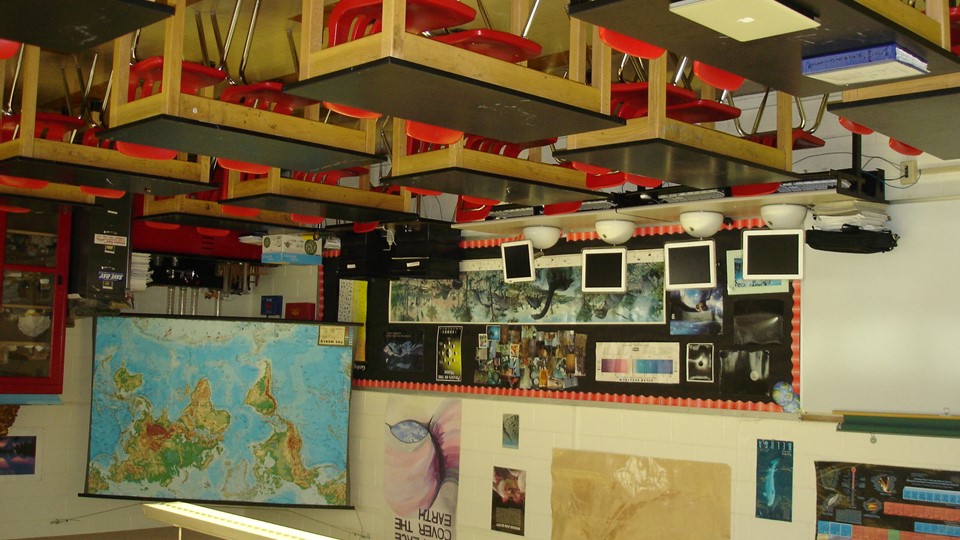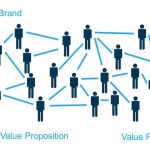When I was at school, the teacher typically gave the lesson from the front of the classroom, which was at best a guided discussion through the curriculum she had to get through for that lesson, and at worst a dull lecture. Then for homework, we’d be set some task related to that topic for us to complete on our own.
The problem with this approach was that if you hadn’t ‘got’ the lesson, you really struggled to do the homework. And with 30 kids or so in a class, there was considerable social pressure within class to say you’d got it during the lesson, even when you hadn’t, which only amplified the problem.
This pattern is explored in Salman Khan’s account of his inspiration for the Khan Academy, where thousands of ‘lessons’ are made available on youtube – a medium kids use more than TV and one where they can pause, rewind and replay as many times as they like until they ‘get it’.
 One of the spins off was the concept of the inverted classroom – something being used in more and more schools. This recognises that kids are already using youtube, so their homework is to watch the chosen topic.
One of the spins off was the concept of the inverted classroom – something being used in more and more schools. This recognises that kids are already using youtube, so their homework is to watch the chosen topic.
At home they can stop, rewind and watch as many times until they ‘get it’ with no social pressure to move on.
When back in school the next day the kids are given tasks and exercises related to the content they have watched. Those who are comfortable with the material can crack on without any help but the ones who are struggling can ask for help and get valuable one to one time with the teacher, a really added value use of a scarce resource. The class can then also discuss the topic in a facilitated discussion, spending timing critically assessing the material – vital skills for the future.
Obviously, this is only one dimension of great teaching and kids have very diverse learning styles and needs – but it strikes me as a far better ‘default’ approach than the one I had at school.
I think there are great number of lessons we can apply here to the corporate learning and development environment. Carefully collated ‘content’ in multiple forms to match people’s learning styles and preferences (ie not ALL on video, nor all written), followed by group and one to one discussions with a coach or mentor seems a far better use of scarce resources.
This relies on a good LMS or other system to collect and collate learning content. That content should be formal (ie professionally prepared) AND informal – a colleague making a quick how to video on their smartphone for example . The secret is correct tagging so it can be found by the person who needs it.
Then there need to be mentors and coaches instead of ‘trainers’ who can assist individuals in their learning, at their own pace and in their own context. I see more and more smart organisations at least partly going down this route – I expect to see even more in the near future.
If you’d like to review how you train and develop your people in the light of changing learning preferences and expectations, then call Simon on 020 3488 0464 or email simon@simonwalker.org








